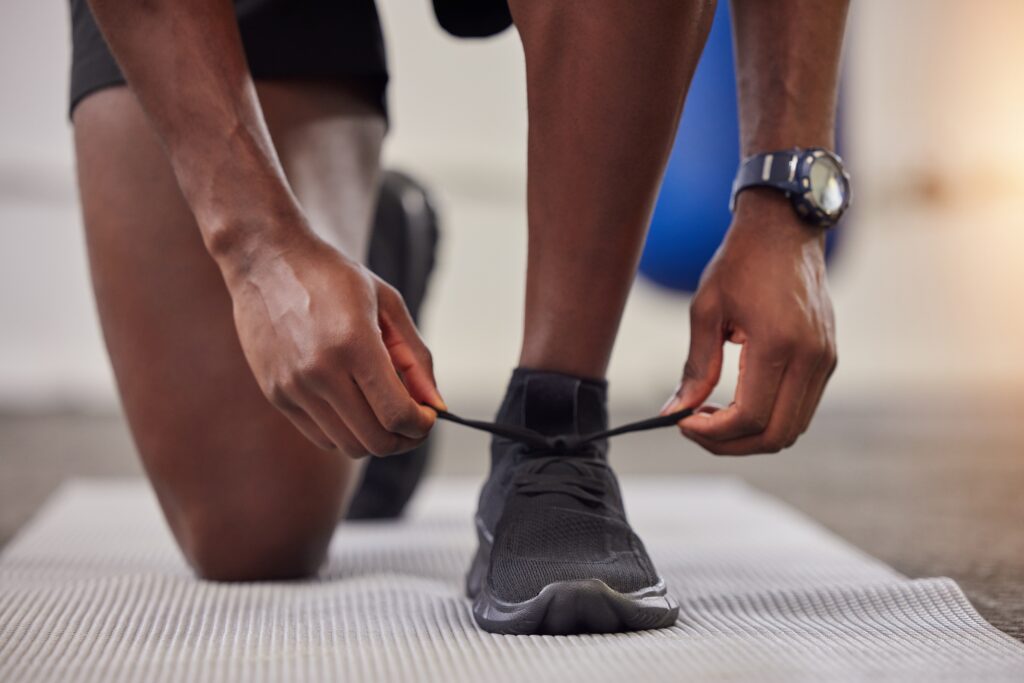
When new runners go to buy shoes, it’s common for running store employees to assess their degree of pronation, or how much their feet roll in after landing. The employees then recommend shoes based on the amount of pronation, in the belief that matching shoe type to degree of pronation will help new runners avoid injury.
A new study suggests this practice can be skipped and new runners can safely run in neutral shoes, regardless of their degree of pronation.
Writing in the British Journal of Sports Medicine, a Danish team of researchers report that injury rates were similar in a large group of new runners with varying degrees of pronation, even though the runners all wore the same neutral running shoe.
Rasmus Nielsen, Ph.D., of Aarhus University in Denmark, and colleagues used the Foot Posture Index to classify the feet of 927 new runners as highly supinated, supinated, neutral, pronated, or highly pronated. The Foot Posture Index is increasingly favoured by researchers as a way to measure pronation, because it takes into account several factors rather than one isolated aspect, such as footprint shape or amount of ankle motion.
Nielsen’s team followed the new runners for one year. They defined an injury as “any musculoskeletal complaint of the lower extremity or back caused by running, which restricted the amount of running for at least one week.”
During the study, 252 of the runners met that definition of sustaining a running injury. What was significant, Nielsen says, is that there was no difference in injury rate among the five types of foot posture, even though they all ran in the same neutral shoe.
“Based on our findings, healthy new runners with pronating feet face the same injury risk as their neutral peers when taking up running in a neutral shoe,” Nielsen told Runner’s World. “It seems like a neutral shoe is a feasible choice regardless of the foot posture. New runners may focus on comfort feeling rather than foot posture when choosing a running shoe.”
Nielsen is quick to point out his findings might apply only to new runners.
“I think we would get a different result” with long-time runners, he wrote. “Since experienced runners have familiarised themselves using a specific type of shoe, it would be potentially injurious to transfer from a different shoe type than the neutral to the neutral shoe. Since most pronators use another shoe than the neutral shoe and the ones with a neutral foot posture use neutral shoes, I would expect the experienced pronators to sustain more injuries than the experienced neutrals if they had to run in a neutral shoe.”
At the same time, Nielsen says that his findings are in line with a study published in 2011 that found no difference in injury rate in women who were randomly assigned to wear neutral, stability or motion-control shoes. Such results, he wrote, “question the validity of using pronation as a method to select the ‘correct’ shoe.”